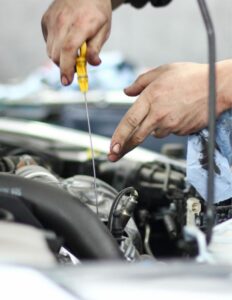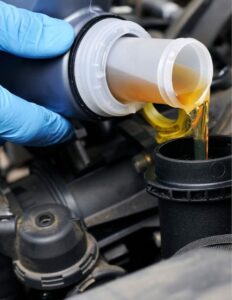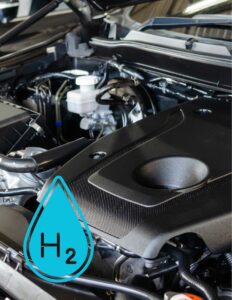No products in the cart.
Fill up with water and drive 40% cheaper

A very common, first solution is the use of an additive to diesel or gasoline. Although it is the cheapest and simplest solution, even self-help, it is often insufficient and even ineffective in case of heavy clogging. This solution is more appropriate than prevention.

Mechanical cleaning of the engine, i.e. manual removal of deposits, remains today still an alternative for extremely dirty engines. However, the time-consuming nature of this action is not the only disadvantage of this solution. The need to disassemble the engine and clean its individual parts carries with it the risk of damage during handling, and therefore the experience and equipment of the given service or specialized workplace must be carefully considered. Not to mention the time-consuming nature of such an act and thus the higher price.

Another possible solution is chemical decarbonization. In this process, a chemical cleaning agent is applied to the engine through the intake in two phases. It turns the loosened deposits into carbon sludge, which easily gets out of the engine through the exhaust tract. It is a relatively quick process that takes an average of two hours and will be done for you at regular car repair shops. The disadvantage may be that this method may not be strong enough and effective for more clogged engines.

One of the most modern solutions for decarbonization, without the need to disassemble the engine, is the use of hydrogen. The HHO decarbonization method is a quick and highly effective solution suitable not only for prevention, but also effectively cleans heavily clogged and dirty engines. The speed of this procedure can be done almost without waiting, within one hour. Likewise, the price of this action will not burden wallets with a demanding investment. Our experience confirms:
up to 90% success in emission control due to 70% to 90% emission reduction after HHO decarbonization of the engine.